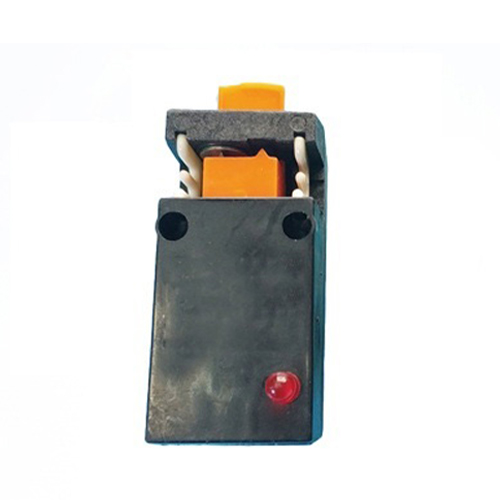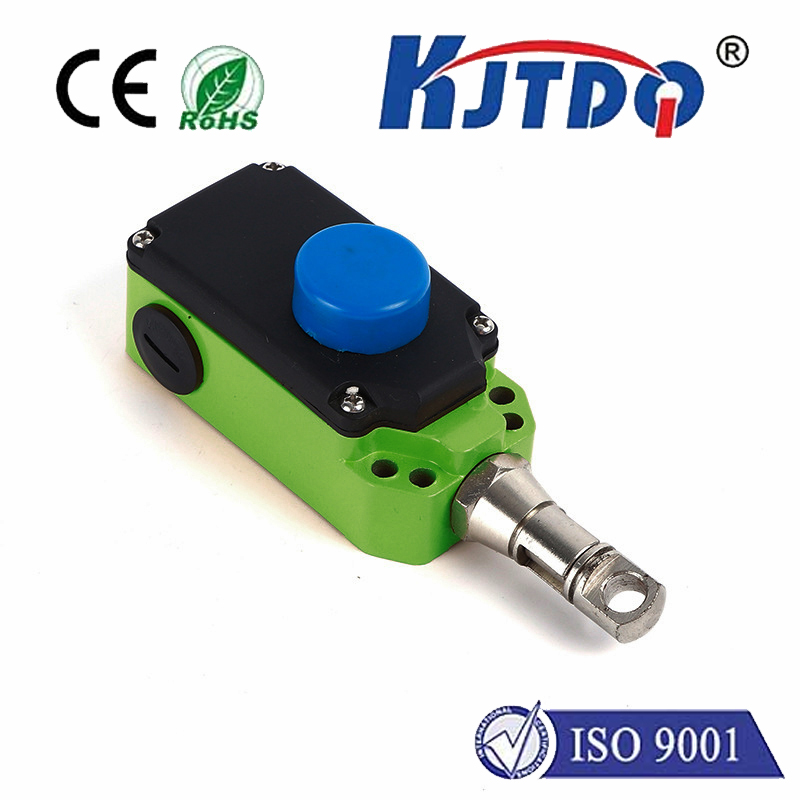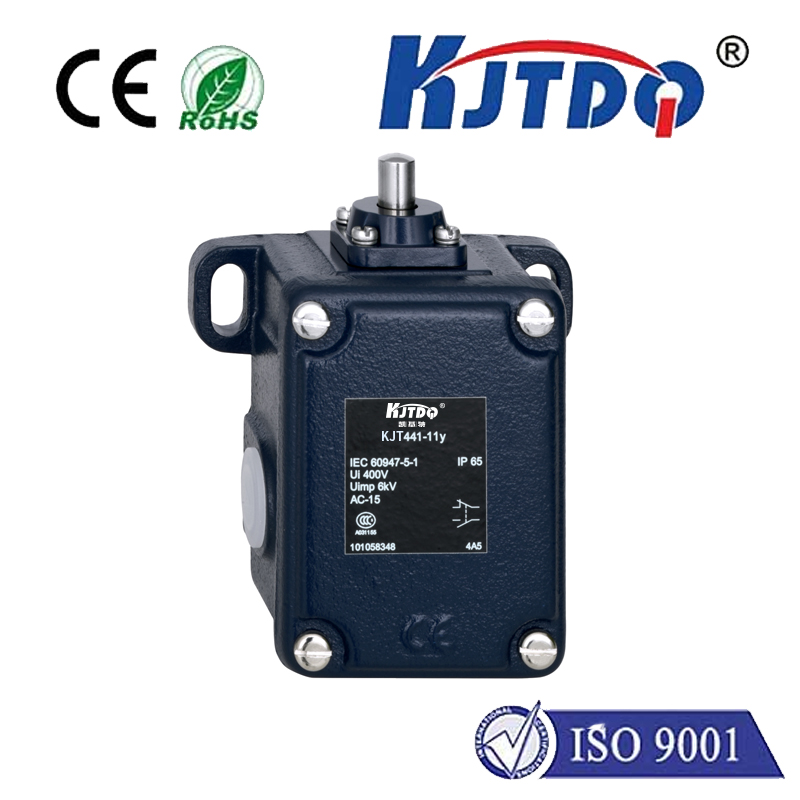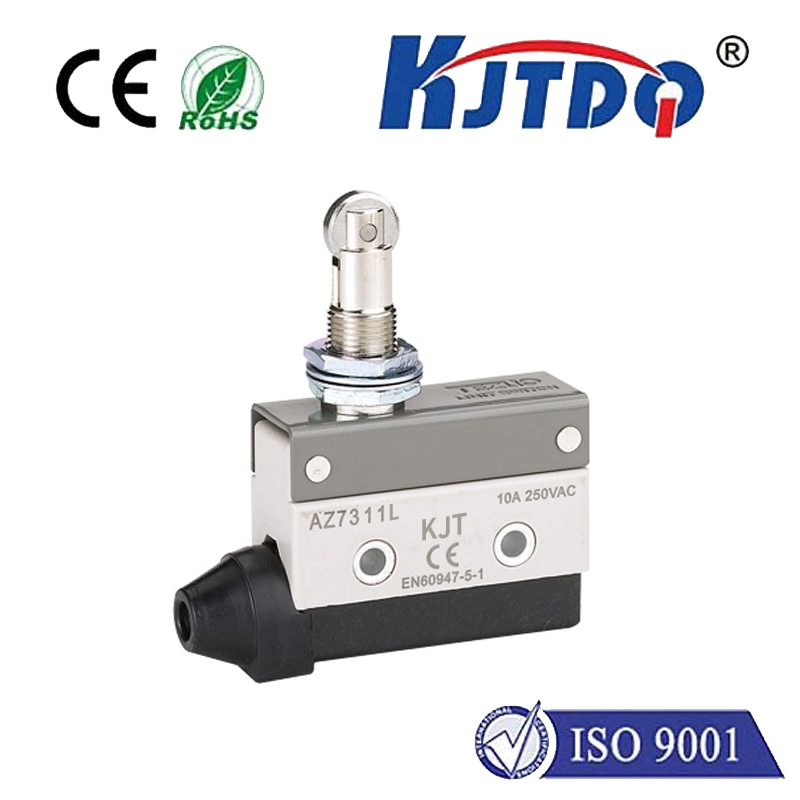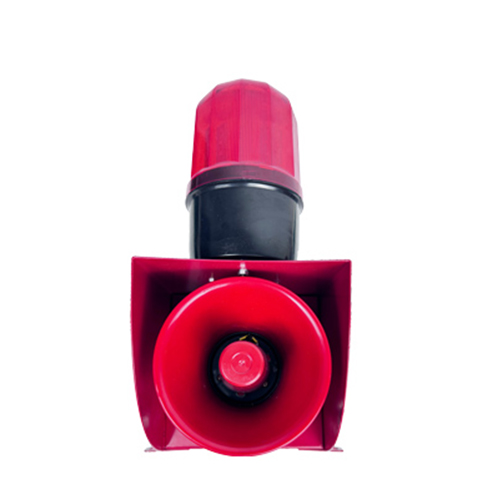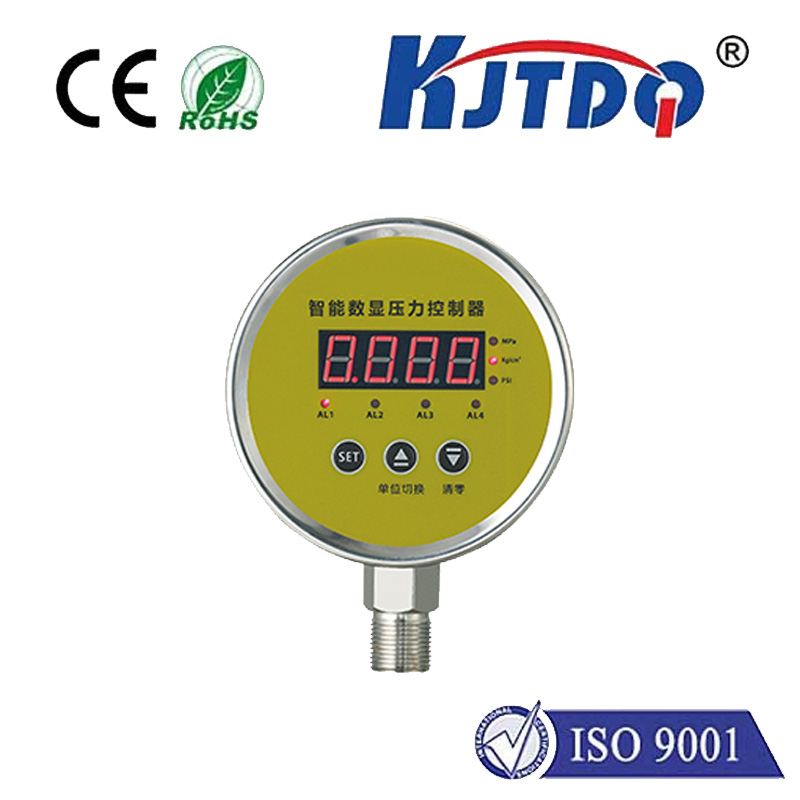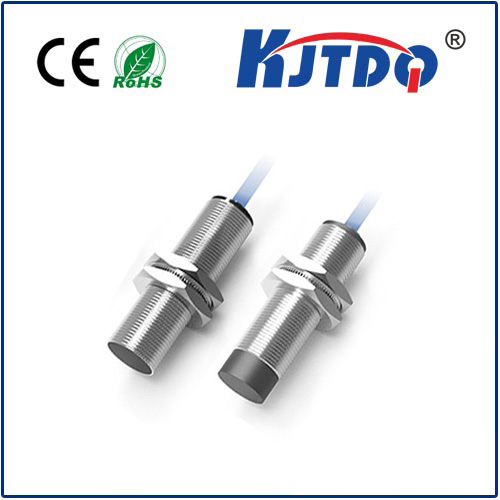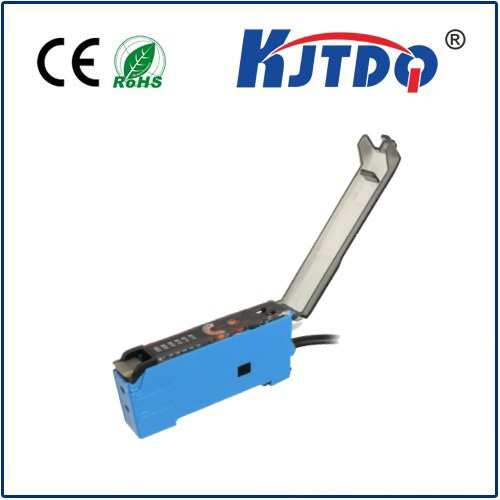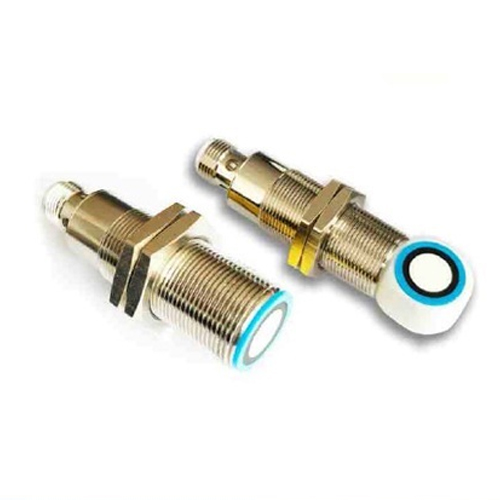contactless temperature sensor
- time:2025-08-20 03:42:29
- Нажмите:0
The Rise of Contactless Temperature Sensors: Revolutionizing Measurement in a Post-Pandemic World
Remember the ubiquitous sight during the pandemic: someone pointing a small device towards your forehead in seconds? That device, a contactless temperature sensor, silently transformed from a niche tool into a global necessity. But its impact extends far beyond fever screening. Today, these sophisticated devices are reshaping how we measure temperature across countless industries, offering unprecedented speed, safety, and convenience. This technology is not just a fleeting trend; it’s fundamentally altering our approach to thermal monitoring.
Understanding the Core Technology: Infrared Radiation Detection
At the heart of most contactless temperature sensors lies the principle of infrared (IR) thermometry. Every object with a temperature above absolute zero (-273.15°C / -459.67°F) emits infrared radiation. The intensity and wavelength of this radiation are directly proportional to the object’s surface temperature.
Here’s how it typically works:
- Infrared Lens: Focuses the emitted IR energy from the target object onto a detector.
- Detector: Converts the IR radiation into an electrical signal. Common detectors include thermopiles (for general use) and microbolometers (used in thermal imaging cameras).
- Signal Processing Unit: Amplifies and processes the raw electrical signal.
- Algorithms and Calibration: Corrects for factors like ambient temperature and the object’s emissivity (a material’s efficiency in emitting IR energy). Calculates the temperature value.
- Display/Output: Shows the temperature reading or transmits it to a connected system.
Crucially, these sensors generate a reading without any physical contact with the target. This is their defining characteristic and greatest strength. Infrared thermometers (spot pyrometers) and thermal imaging cameras are the two most common types, differing in whether they measure a single spot or create a full temperature map.

Why the Surge in Popularity? Key Advantages Unleashed
The adoption of contactless temperature measurement is driven by compelling benefits impossible to achieve with traditional contact probes:
- Speed and Efficiency: Instantaneous readings are the norm. Scanning a crowd for fevers, checking a motor’s bearing temperature, or verifying food surface temperature takes mere seconds – boosting throughput and productivity dramatically.
- Повышение безопасности: Measuring extremely hot (foundries, electrical panels) or cold surfaces (cryogenics), moving parts (conveyor belts), hazardous environments (chemical processing), or electrically live components becomes significantly safer for personnel. Avoiding contact also minimizes contamination risk in sterile settings (labs, food prep) and prevents damage to delicate surfaces.
- Non-Intrusive Monitoring: Vital for continuously monitoring processes or equipment where physical probes would interfere with operation, contaminate the product, or simply be impractical (e.g., monitoring semiconductor wafers during fabrication).
- Hygiene: This became paramount during the COVID-19 pandemic. Contactless screening eliminated the need to disinfect probes between uses, protecting both users and subjects. This advantage remains critical in healthcare, hospitality, and food service.
- Accessibility: Measuring temperatures of hard-to-reach or inaccessible objects (high-voltage transformers, overhead pipes) is suddenly straightforward.
Diverse Applications: Where Contactless Sensors Excel
The versatility of contactless IR sensors has led to their integration into a vast array of fields:
- Healthcare & Public Health: Fever screening at entry points (airports, hospitals, schools), monitoring patient skin temperature, checking incubators.
- Industrial Maintenance & Process Control: Predictive maintenance (identifying overheating motors, bearings, electrical connections), monitoring furnace temperatures, controlling manufacturing processes (metalworking, plastics, glass), checking steam lines and boilers. Thermal imaging cameras are invaluable here for locating hotspots across large areas.
- HVAC & Building Diagnostics: Identifying heat leaks, insulation deficiencies, water damage behind walls, and ductwork performance. Optimizing energy efficiency is a major driver.
- Food Safety & Processing: Ensuring proper cooking, holding, chilling, and storage temperatures without contaminating food by avoiding probe insertion. Monitoring conveyor belts and batch processes.
- Automotive: Diagnosing engine cooling issues, brake system performance, electrical faults, and cabin climate control system checks.
- Electronics & Semiconductor: Testing and monitoring component temperatures on circuit boards during design and operation, semiconductor process control.
Selecting the Right Sensor: Beyond Just Pointing and Shooting
While convenient, getting accurate results requires understanding key specifications:
- Emissivity Settings: This is critical. Different materials emit IR energy differently. Shiny metals (low emissivity) require precise settings or special techniques (like using emissivity tape) for accurate readings compared to matte surfaces (high emissivity). Most sensors offer adjustable emissivity settings.
- Distance-to-Spot Ratio (D:S Ratio): Determines the measurement area relative to the distance from the sensor. A 12:1 D:S ratio means at 12 inches away, the sensor measures a 1-inch diameter spot. Knowing this is essential for targeting the correct area, especially on small objects.
- Temperature Range: Ensure the sensor covers the minimum and maximum temperatures you need to measure.
- Response Time: How quickly the sensor provides a reading after detecting the target.
- Accuracy and Resolution: Understand the margin of error (±°C or °F) and the smallest temperature difference the device can display.
- Environmental Factors: Dust, steam, smoke, extreme ambient temperatures, and strong ambient light can interfere with readings. Some sensors feature compensation for these factors.
The Future: Smarter, More Integrated, and Accessible
The trajectory for contactless temperature sensor technology points towards increasing intelligence and connectivity. We’re seeing:
- Integration with IoT & AI: Sensors feeding real-time data into cloud platforms for continuous monitoring, predictive analytics, and automated alerts.
- Improved Affordability & Miniaturization: Making thermal imaging and advanced IR sensing accessible to smaller businesses and even consumers (e.g., smartphone attachments).
- Enhanced Accuracy & Features: Multi-wavelength sensors for more reliable readings on challenging surfaces, higher resolution thermal imagers, and sophisticated analysis software built-in.
- New Form Factors: Integration into wearables, smart home devices, and autonomous systems.
The era of cumbersome, slow, and potentially hazardous temperature measurement is receding. Contactless temperature sensors have firmly established themselves as indispensable tools across the modern landscape. By harnessing the invisible power of infrared radiation, they deliver safety, efficiency, and precision that is transforming industries and reshaping how we interact with the thermal world around us. Their journey, catalyzed by global events but driven by inherent advantages, is far from over.

